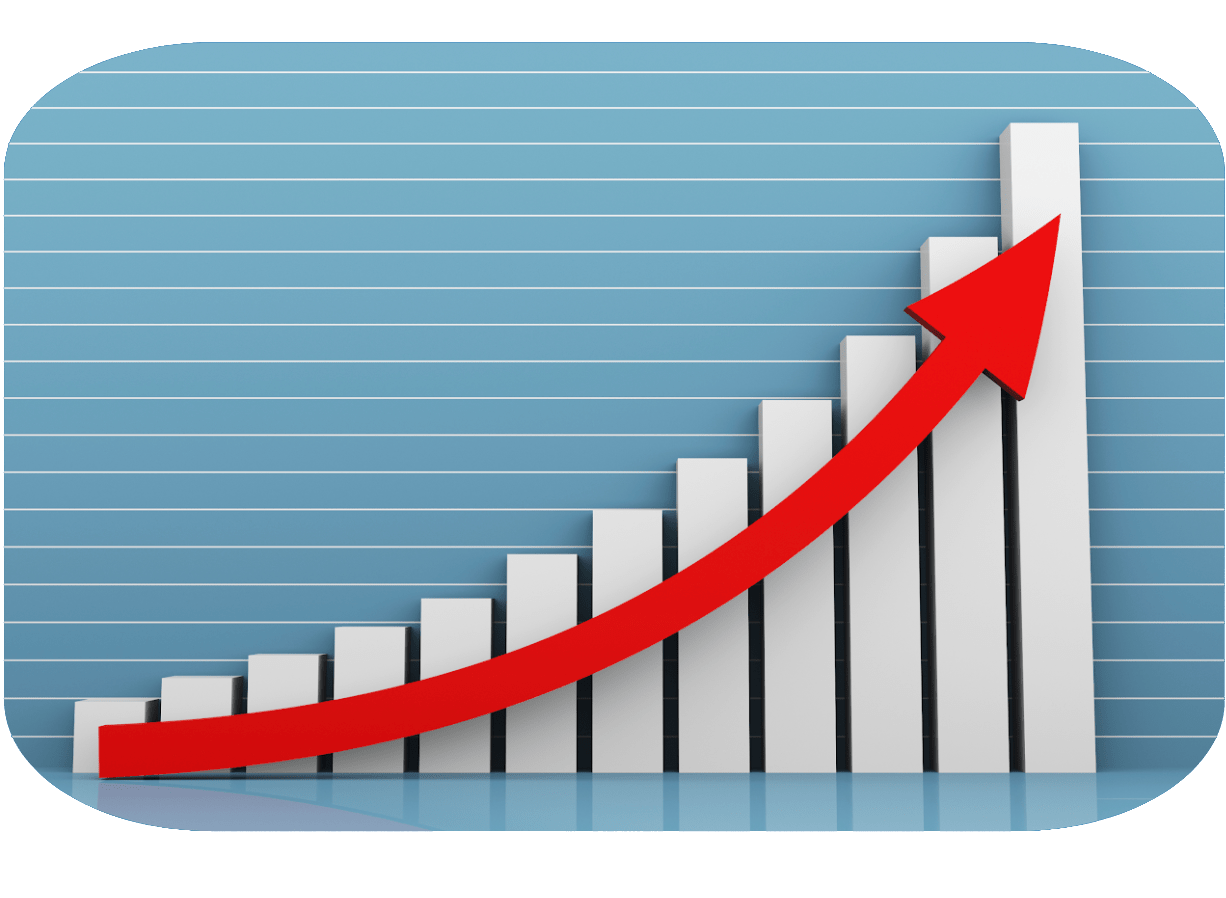Applications
SKYDATA-IoT is a global cellular machine-to-machine (M2M) communication platform designed specifically for the Industrial Internet of Things (IIoT). Our platform includes a robust core network with multi-carrier support, SIM management, reporting, and billing capabilities tailored to meet our customers’ needs. We cater to a diverse range of industries, including, but not limited to, smart cities, electric vehicle (EV) charging, healthcare, smart metering, and renewable energy.
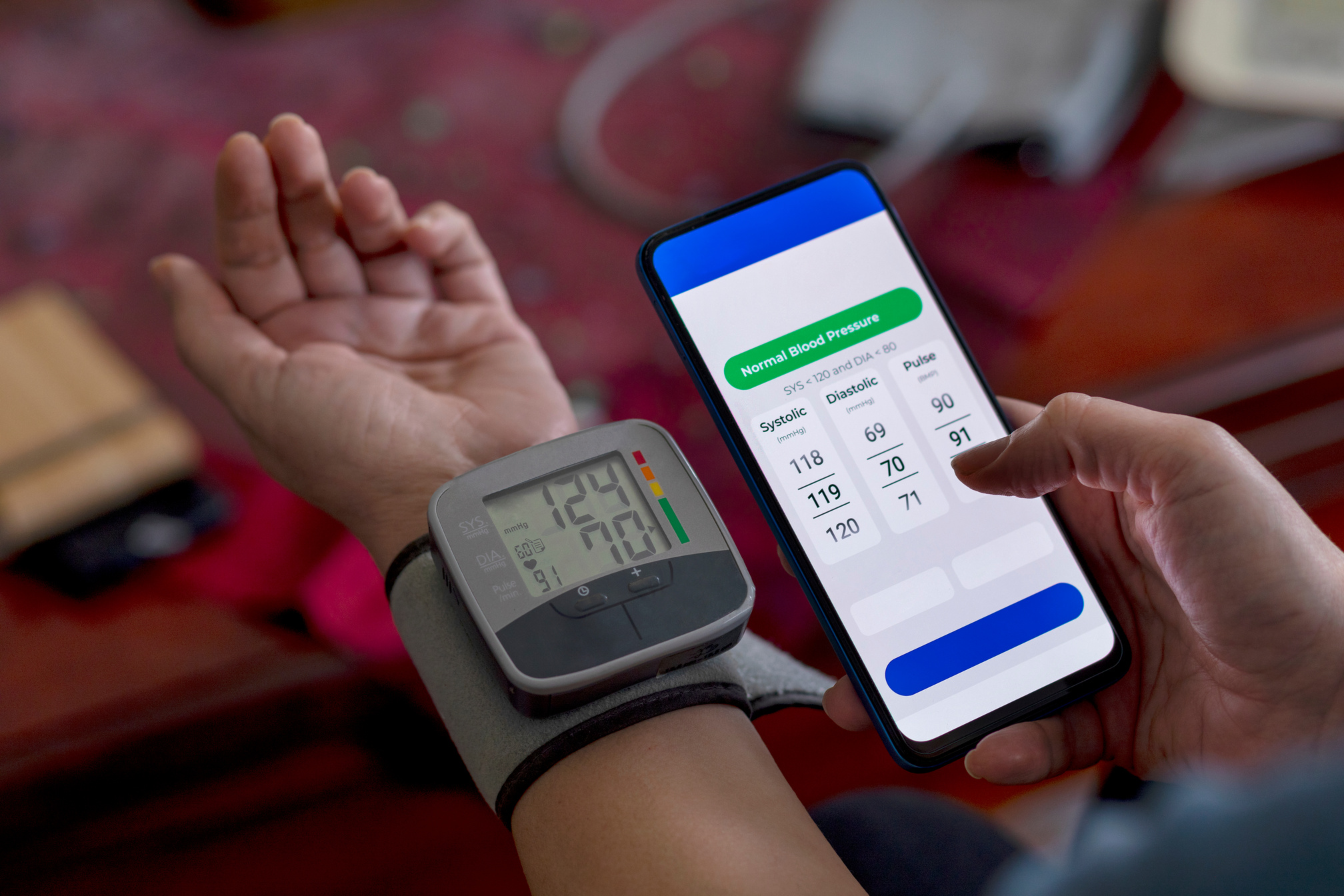
Healthcare
Cellular connectivity in digital healthcare enables real-time patient monitoring and seamless data transfer due to its uninterrupted range of coverage. With access to over 700 networks across more than 200 countries, reaching even the most remote areas, healthcare providers and researchers can count on maintaining the integrity of their data through their connected devices with SKYDATA-IoT cellular connectivity.
Decentralized clinical trials (DCTS) take place outside of traditional trial sites, which are more accessible and convenient for participants. These trials are often in remote areas worldwide where infrastructure for continuous connectivity is minimal or nonexistent. In these scenarios, cellular connectivity is essential for real-time data transmission because of its wide-area coverage, reliability, security and scalability.
IoT devices can collect and transmit real-time patient data outside healthcare facilities. This enables healthcare providers to monitor and manage patients remotely, allowing for earlier interventions and reducing hospital readmissions. The integration of cellular connectivity improves patient monitoring by addressing the limitations of Bluetooth and WiFi. Cellular networks provide wide-area coverage, consistent and stable connections, carrier-grade encryption for enhanced data security, and can support large-scale deployments without requiring additional infrastructure. They can also simplify the operation of wearables for patients.
IoT devices can automate various healthcare processes, such as inventory management, asset tracking, and preventive maintenance. This automation enhances operational efficiency and reduces costs. Cellular connectivity can support IoT healthcare operations by providing more extensive coverage and reliability, enabling real-time data transmission and communication in areas where Wi-Fi or Bluetooth may be insufficient.
IoT devices can track and monitor a patient’s vital signs, medication adherence, and environmental conditions impacting health. Cellular connectivity enhances IoT healthcare operations by ensuring real-time data transmission, which improves patient safety through timely alerts and prompt responses to critical health changes.
IoT devices generate vast amounts of data that can be analyzed to gain insights into population health trends, disease surveillance, and early warnings of potential outbreaks. This information can facilitate more proactive and personalized healthcare interventions. Cellular for IoT can enhance existing connectivity by providing reliable and widespread network coverage, which supports real-time data transmission from devices. This will ultimately improve predictive analysis and enable more timely interventions.
IoT enables virtual consultations and remote healthcare services by connecting patients, doctors, and medical devices. This improves access to healthcare, especially for patients in rural or underserved areas. Cellular connectivity enhances the stability and integrity of connections for telehealth services by providing a more reliable and consistent internet connection than Bluetooth or Wi-Fi. Unlike localized wireless networks, which can be subject to interference and limited range, cellular networks offer broader coverage and seamless connectivity. This reliability is crucial for real-time consultations and remote monitoring, ensuring that patients and healthcare providers can communicate without interruptions, even in areas with limited infrastructure.
IoT-powered wearable devices, such as fitness trackers or smartwatches, can collect real-time health data, encourage healthy behaviors, and enable early detection of health issues. This promotes preventive care and empowers individuals to take control of their health. Utilizing cellular connectivity in smart wearables ensures there are no gaps in collecting real-time data, especially when Bluetooth or Wi-Fi isn’t available, allowing for continuous monitoring and timely health insights.
IoT devices can optimize energy consumption in healthcare facilities, monitor equipment utilization, and optimize workflow management. This leads to cost savings and increased sustainability.
EV charging
SKYDATA-IoT multi-carrier cellular connectivity for IoT enables real-time monitoring and management of EV charging stations, remote billing and payment management, smart grid integration, and over-the-air updates for station software, which are essential for efficient and reliable EV charging infrastructure.
IoT allows for remote monitoring and management of charging stations. Charger status, availability, and performance can be monitored in real-time, allowing operators to address issues promptly and ensure efficient operation. SKYDATA-IoT Multi-carrier cellular connectivity is crucial in enhancing the remote monitoring and management of charging stations compared with single-carrier coverage because our reliable and broad network access ensures that charger status, availability, and performance data can be transmitted seamlessly in real-time, even in areas where single-carrier coverage is limited. This connectivity allows for prompt issue resolution and helps operators optimize the performance and efficiency of charging stations across various locations.
IoT enables intelligent charging algorithms that optimize charging based on factors such as electricity demand, grid capacity, and user preferences. This ensures efficient energy utilization, reduces peak loads, and helps balance the grid. SKYDATA-IoT multi-carrier cellular connectivity enhances IoT applications by improving reliability, increasing data capacity, and reducing latency, all of which are essential for optimizing intelligent charging algorithms. This connectivity allows IoT devices to switch between networks seamlessly, ensuring constant communication for real-time data analysis on electricity demand and grid conditions, while also extending coverage to remote areas. As a result, it leads to more efficient energy utilization and better grid balancing.
IoT enables seamless payment and billing systems for EV charging. Users can pay through smartphones or RFID cards, while operators can accurately track energy consumption and generate detailed billing reports. SKYDATA-IoT multi-carrier cellular connectivity enhances the point of sale for EV charging stations by ensuring robust and reliable communication, even in areas with poor signal coverage. This technology allows charging stations to connect to multiple cellular networks simultaneously, improving transaction speed and reducing downtime. As a result, users can easily complete payments through various methods, such as mobile apps or RFID cards, while operators gain real-time access to data for better management and customer service.
EV charging stations benefit from network advantages like reliable communication, real-time data exchange, and remote management, all of which enhance operational efficiency. Cellular networks provide a suitable fail-back option by offering redundancy, broad coverage, cost-effective deployment, and flexibility, ensuring that charging stations remain operational even if primary internet connections fail. This combination improves reliability and scalability, accommodating the growing demand for electric vehicle infrastructure.
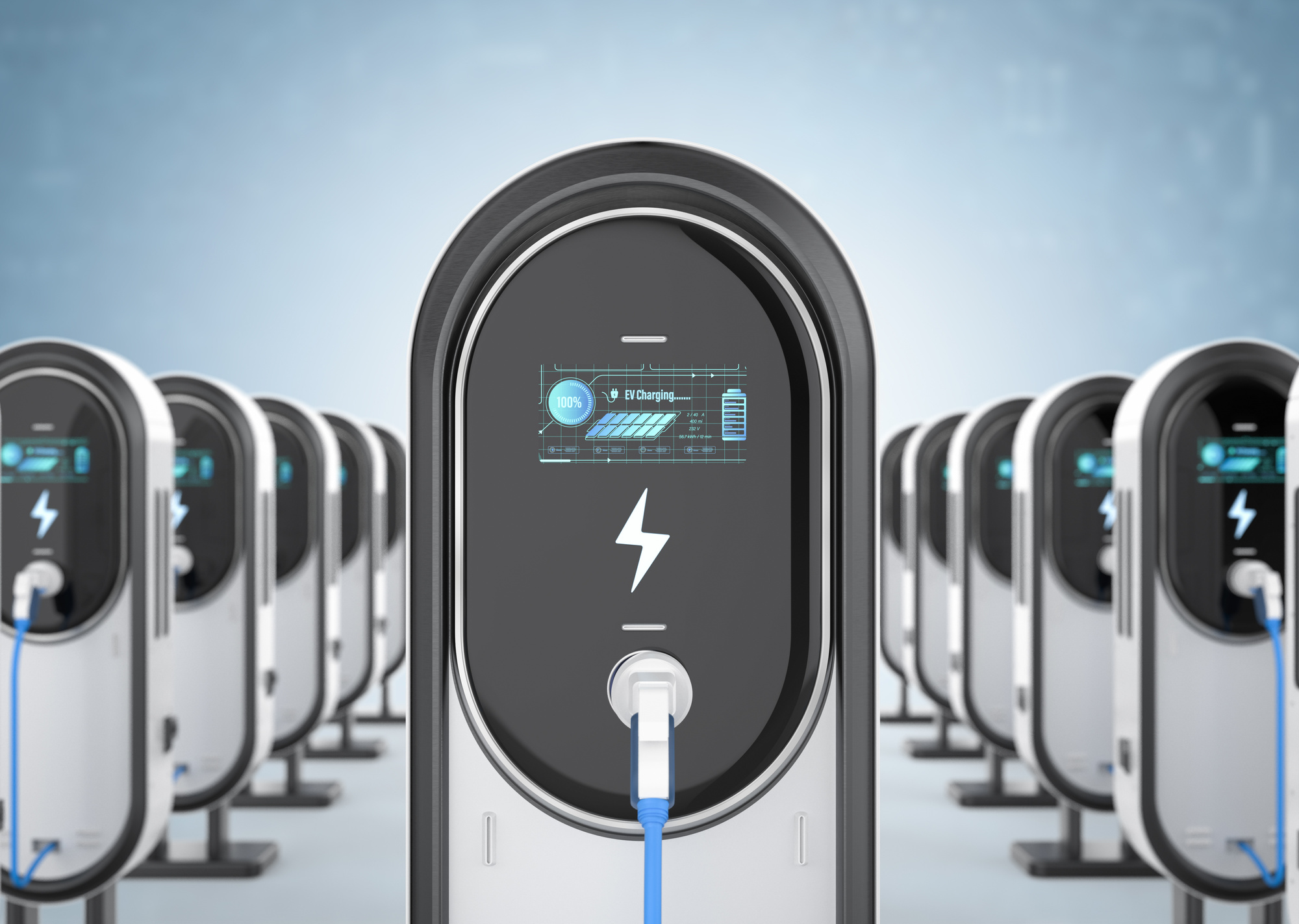
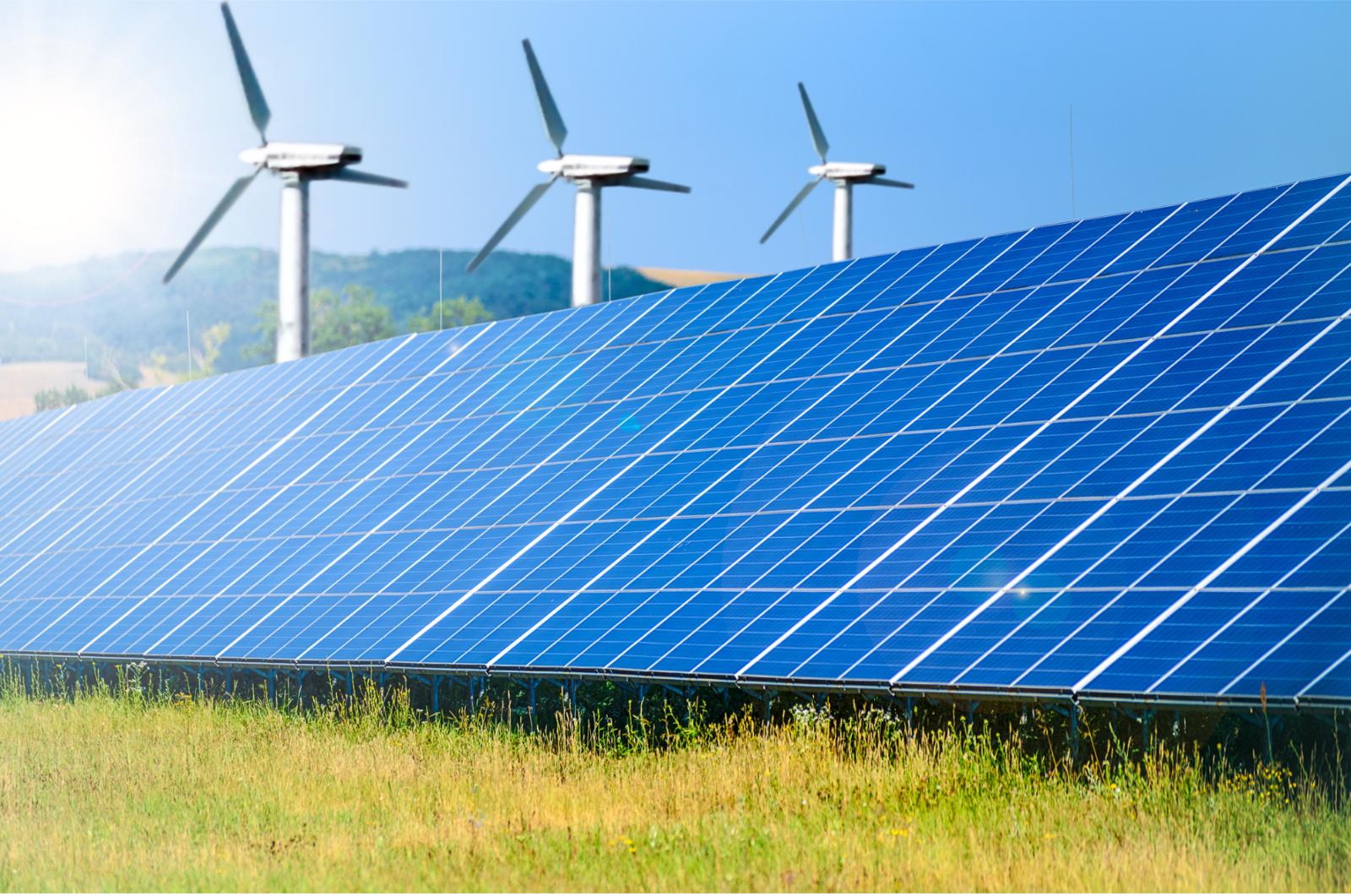
Renewable energy
SKYDATA-IoT’s multi-carrier cellular connectivity solution empowers renewable energy applications with seamless, reliable communication. By enabling remote monitoring and control, predictive maintenance, and smooth integration with the electricity grid, SKYDATA-IoT ensures uninterrupted performance across diverse locations. Its ability to connect to multiple carriers enhances network resilience, optimizing efficiency and reliability in demand response programs. With SKYDATA-IoT, renewable energy systems stay connected, adaptive, and ready to maximize sustainability.
IoT devices facilitate the integration of renewable energy sources, such as solar and wind, into the power grid. Real-time data and control allow utilities to manage fluctuations in supply and ensure grid stability.
SKYDATA-IoT’s multi-carrier cellular connectivity takes this integration a step further by ensuring reliable, uninterrupted connections across diverse locations. With resilient, high-speed data transmission.
SKYDATA-IoT’s multi-carrier solution ensures inverters are always connected to the strongest network.
- Maximum Efficiency: Stable, high-speed connectivity allows converters to optimize power conversion and grid integration without interruptions.
- Enhanced Reliability: A strong network reduces data loss, prevents downtime, and ensures continuous performance in renewable energy systems.
- Real-Time Monitoring & Control: Seamless connectivity supports instant data transmission, enabling proactive maintenance and improved operational insights.
- Improved Adaptability: SKYDATA-IoT’s Multi-carrier solution intelligently switches between networks to maintain the best possible connection, even in remote locations.
Smart metering
Smart metering revolutionizes energy management by providing real-time consumption insights, optimizing efficiency, and reducing operational costs. These advanced meters enable automated data collection, accurate billing, and proactive maintenance while supporting demand response initiatives. SKYDATA-IoT’s multi-carrier cellular coverage further enhances smart metering by ensuring uninterrupted connectivity across diverse locations, enabling seamless communication and improved energy optimization.
IoT-enabled smart meters can provide real-time data on energy consumption, enabling utilities to accurately bill customers, identify opportunities for energy efficiency improvements, and empower consumers to monitor and manage their energy usage.
With SKYDATA-IoT cellular connectivity, devices can leverage low-power wide-area networks (LPWAN) such as NB-IoT and CAT-M, with additional security through static IPs or VPN.
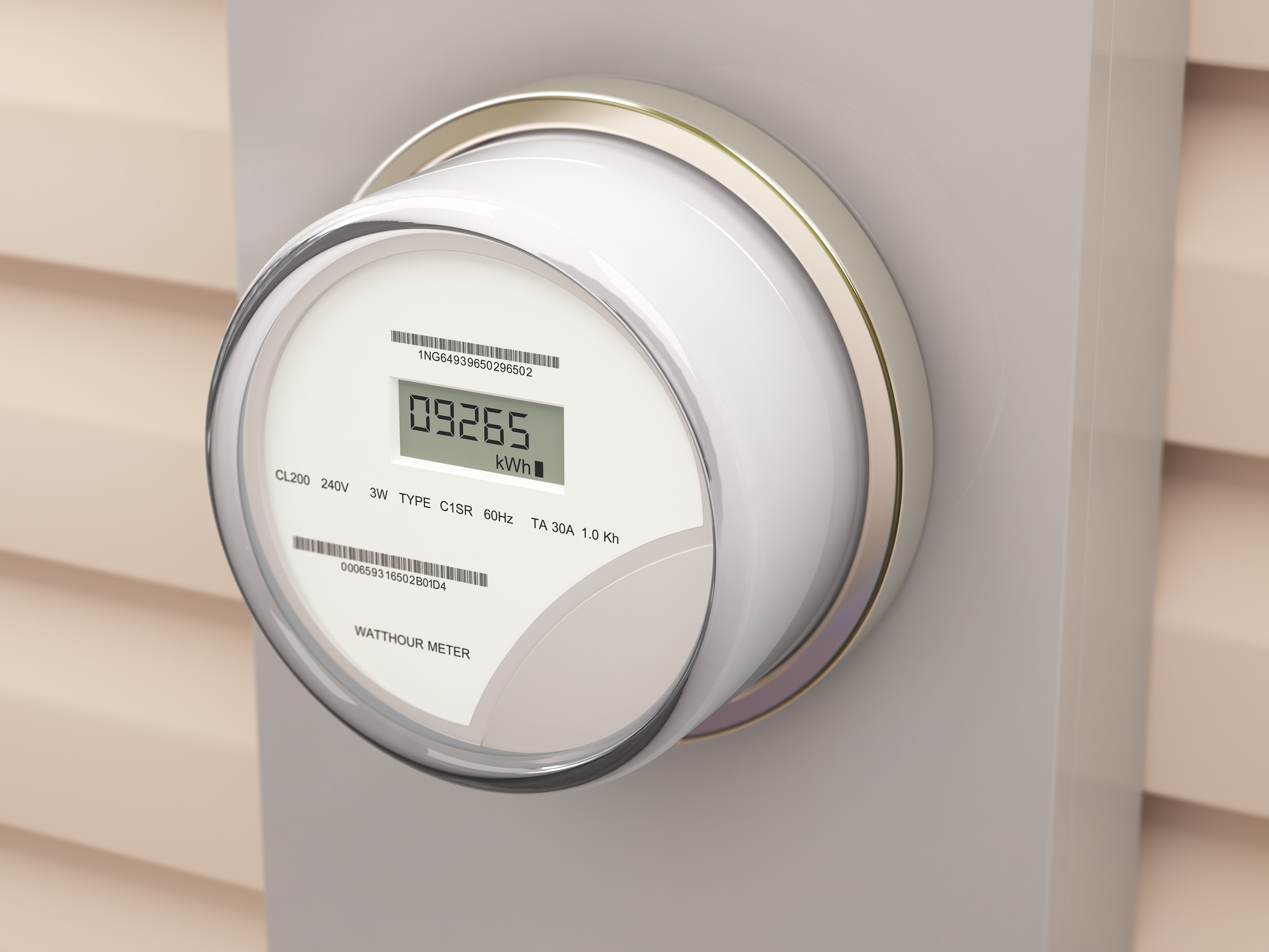
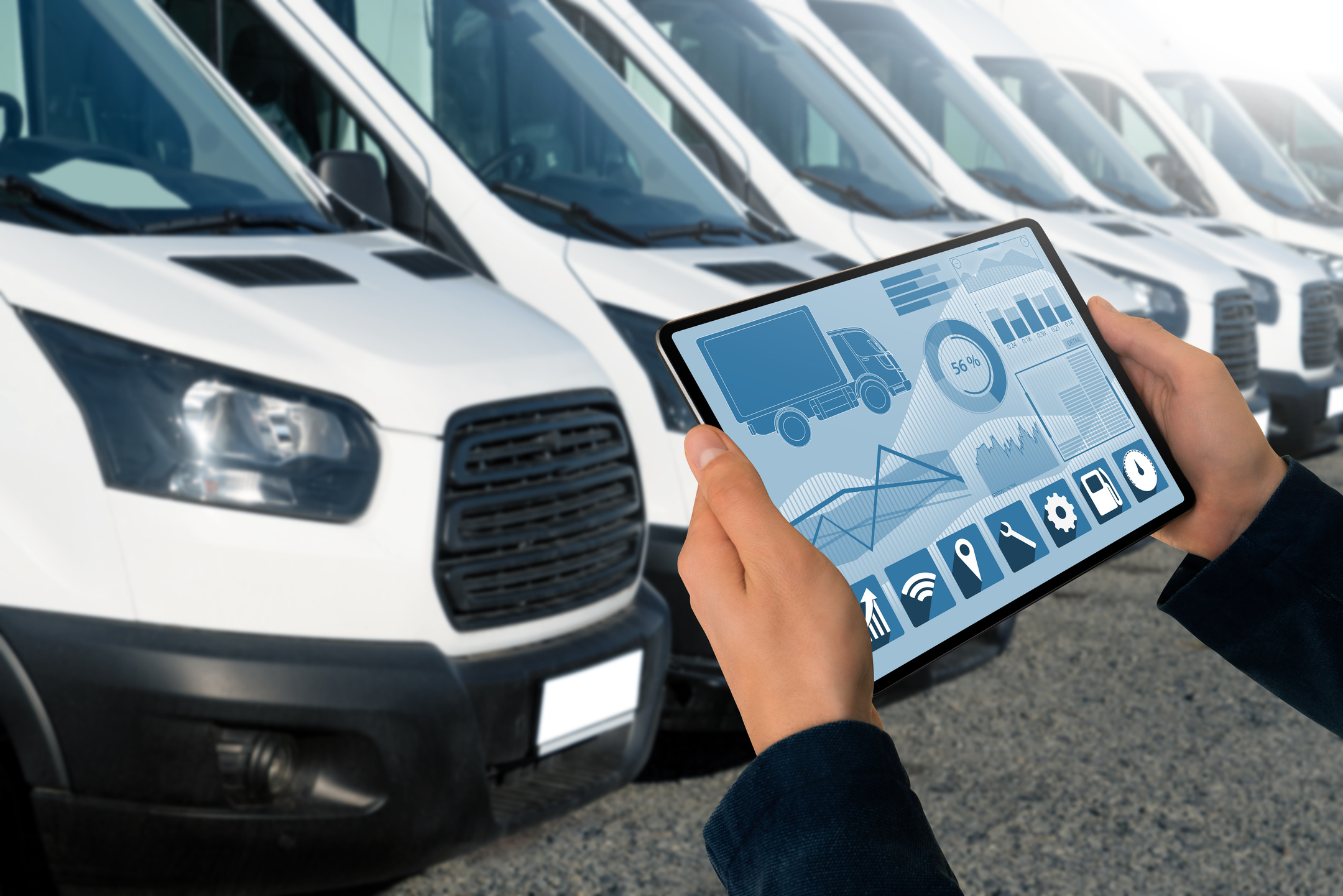
Fleet management
- IoT-enabled fleet management transforms logistics by delivering real-time tracking, predictive maintenance, and optimized route planning. These intelligent systems enhance efficiency, reduce costs, and improve safety through continuous data insights. SKYDATA-IoT’s multi-carrier cellular coverage ensures seamless connectivity, keeping fleet operations running smoothly, even in remote locations. By maintaining strong, uninterrupted communication, SKYDATA-IoT empowers fleets to make data-driven decisions, maximize uptime, and enhance overall performance.
IoT enables real-time tracking and monitoring of vehicles, goods, and assets. This allows companies to effectively manage their fleet, optimize routes, reduce fuel consumption, and improve delivery accuracy.
IoT sensors in vehicles collect and transmit data on the health and performance of various components. This enables predictive maintenance, preventing breakdowns and reducing downtime. Telematics systems also provide valuable insights into driver behaviour, allowing for safer and more efficient operations.
IoT can be used to collect data from various sensors and devices placed on roads, bridges, and vehicles, allowing for dynamic traffic management. This includes adjusting traffic light cycles, rerouting vehicles based on congestion, and improving overall traffic flow.
Smart Cities
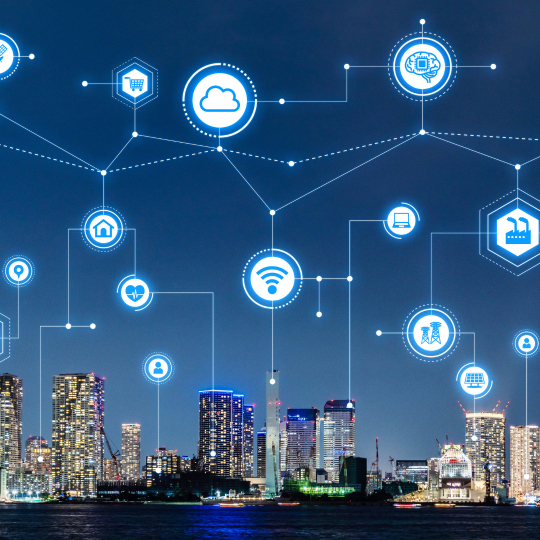
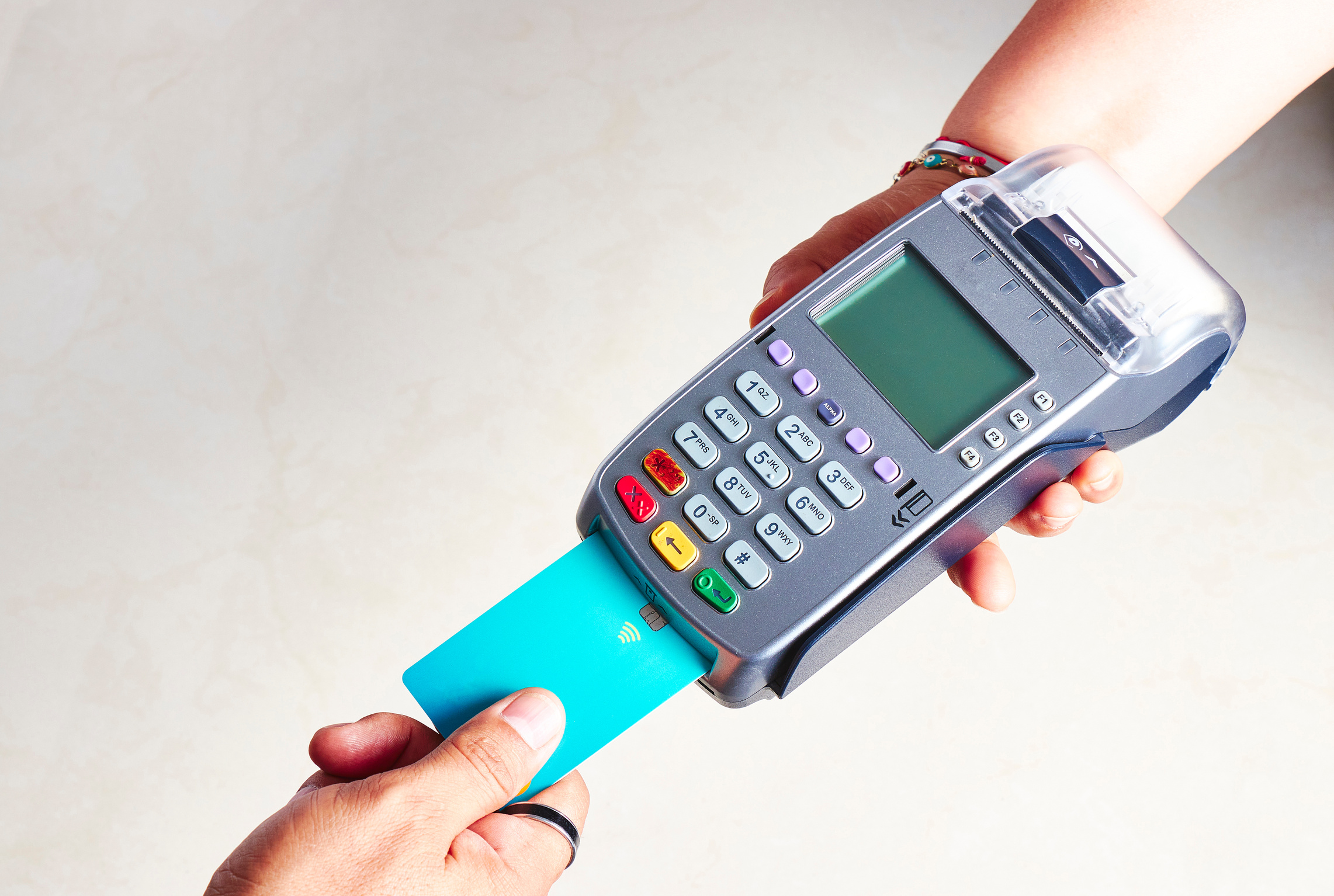
Point-of-Sale
IoT-enabled point-of-sale (POS) devices revolutionize transactions by offering real-time payment processing, inventory tracking, and enhanced customer experiences. These smart systems improve efficiency, reduce downtime, and enable businesses to make data-driven decisions. SKYDATA-IoT’s multi-carrier cellular coverage ensures POS devices remain reliably connected, even in areas with fluctuating network signals. With uninterrupted connectivity, businesses can maintain seamless transactions, optimize operations, and deliver a superior retail experience.
Agriculture
- Smart agriculture leverages IoT technology to enhance precision farming, optimize resource use, and improve crop yields. By enabling real-time monitoring of soil conditions, weather patterns, and equipment performance, IoT-driven solutions help farmers make data-informed decisions, reduce waste, and maximize productivity. SKYDATA-IoT’s multi-carrier cellular coverage ensures uninterrupted connectivity across vast farmlands, enabling seamless data transmission from IoT sensors and automation systems. With reliable communication, farmers can remotely manage operations, boost efficiency, and drive sustainable agricultural practices.
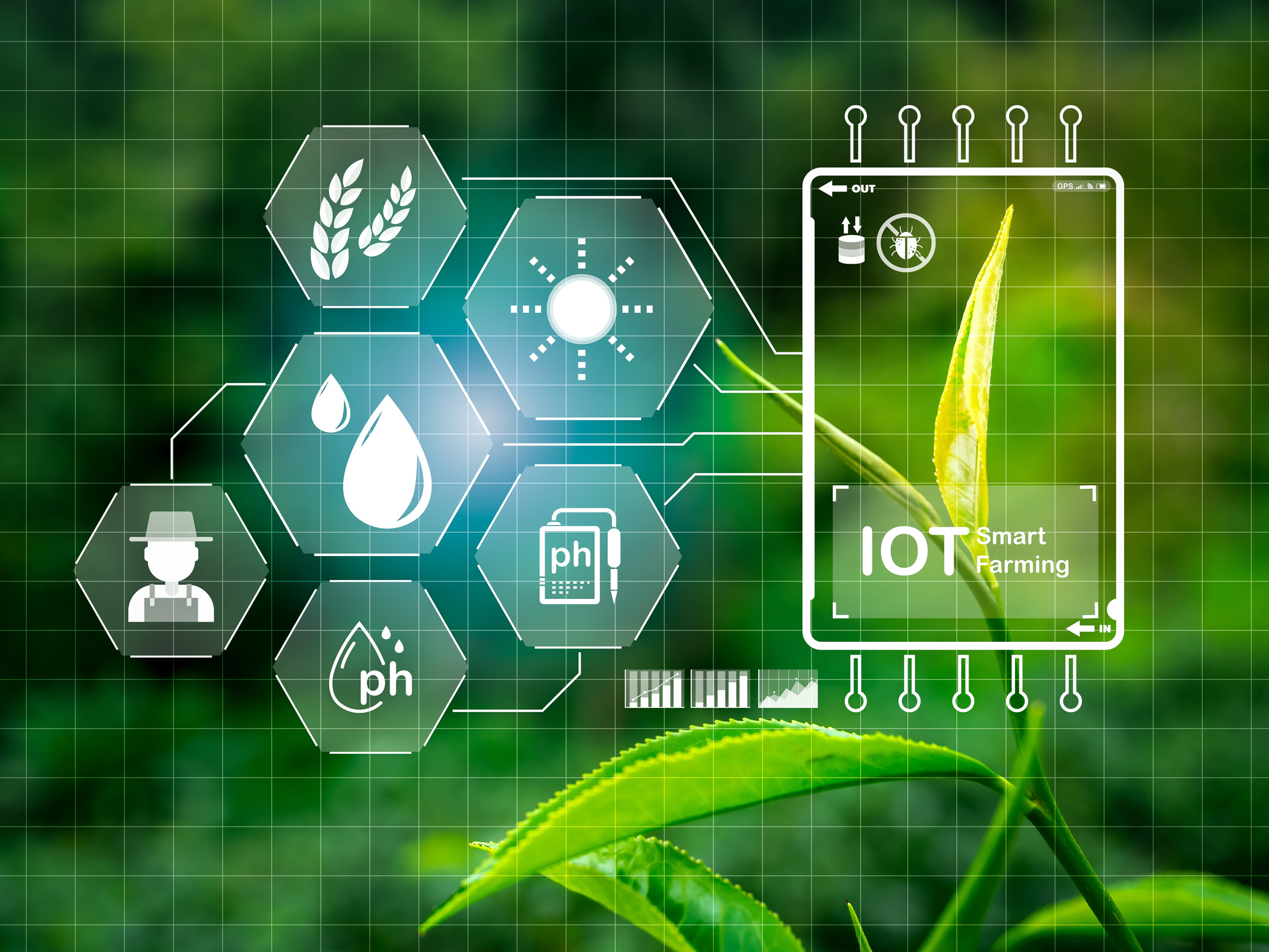
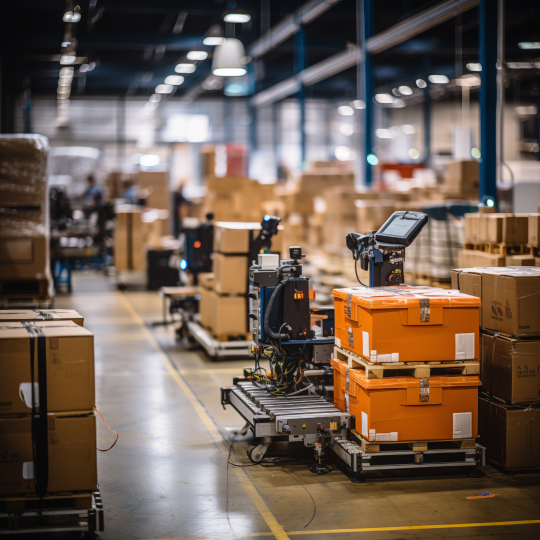
Logistics and Shipping
IoT-enabled GPS and RFID tags allow logistics companies to track shipments in real time, ensuring better route optimization and security.
Automated inventory tracking using IoT sensors helps warehouses monitor stock levels, reducing manual errors and preventing shortages.
Smart shelves, RFID tags, and autonomous robots streamline warehouse operations, improving efficiency and reducing costs.
IoT sensors monitor temperature and humidity for perishable goods, ensuring compliance with storage requirements.
Air quality monitoring, water conservation, and green building initiatives contribute to sustainability.
Your unique deployment
At SKYDATA-IoT, we cater to a wide range of industries. No matter what application, our solutions are designed to meet your specific needs. Our connectivity is designed to work seamlessly with almost any application, hardware device or cellular gateway.
As part of your IoT ecosystem, we will provide reliable and secure connectivity and flexible and scalable data plans that meet your specific needs.

Expect Results with Data-Driven Decisions
lot for business unlocks efficiency and boost profits
- Operational efficiencies can reduce cost and significantly enhance overall business performance and sustainability in today's competitive market.
15%
- Savings in operational costs
30%
- Savings through predictive maintenance
30%
- Increase in production rates
95%
- Defect reduction
30%
- Increase in operational efficiency

